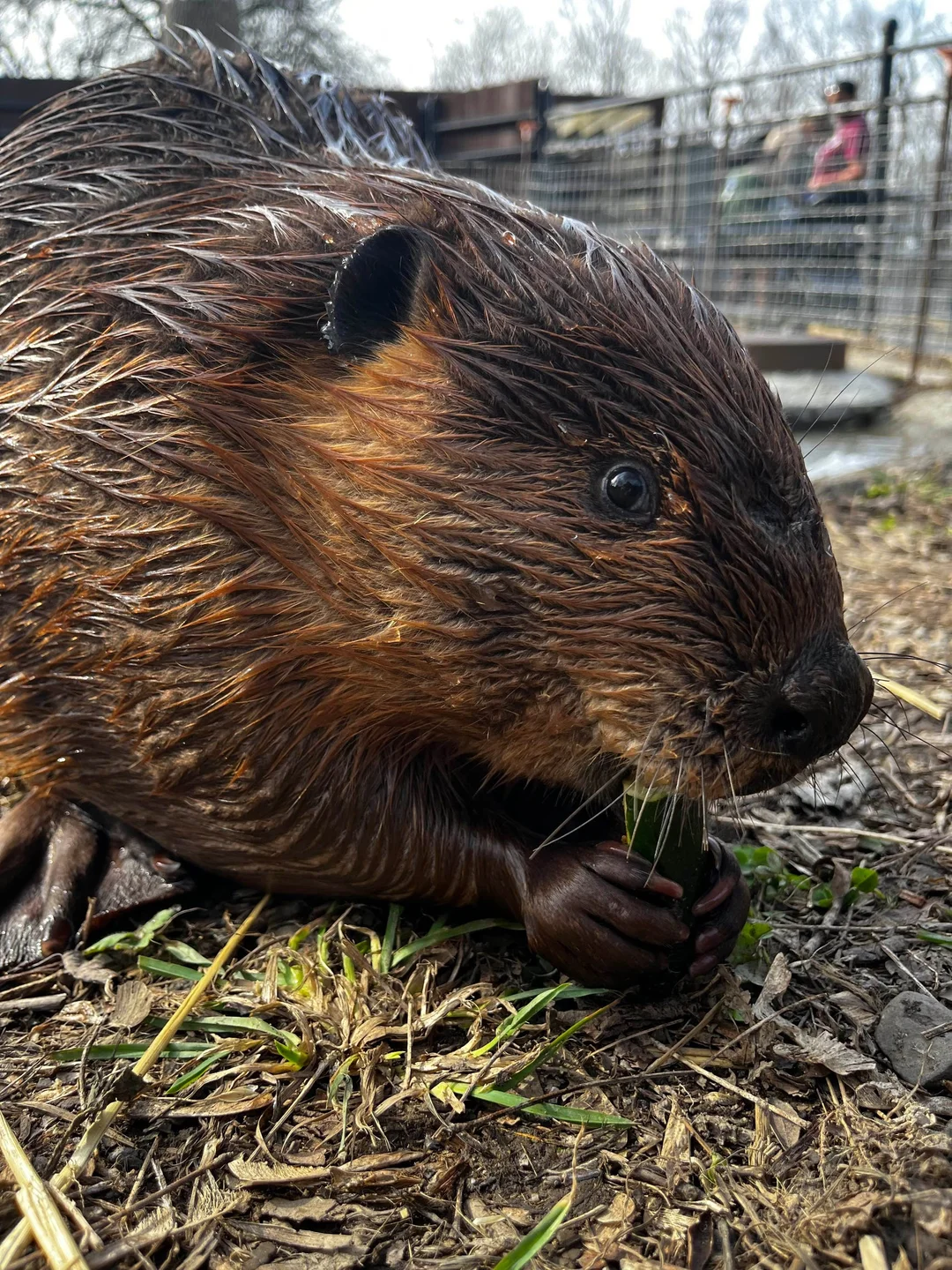
The Tragic Tale of Cauliflower the Beaver: A Heartbreaking Escape and Discovery
In the wake of a heartbreaking incident, the Utica Zoo is mourning the loss of Cauliflower, a male American Beaver who recently escaped its confines. His journey, marked by a series of events that highlight both the resilience of wildlife and the challenges they face outside of captivity, underscores a significant moment for the local community and the zoo.
Cauliflower's escape from the zoo in April raised numerous questions and concerns. Zoo officials have now confirmed that he was found dead following a car accident on Route 12, with Director of Communications Alley Snyder expressing both sorrow and appreciation for the community's engagement during the search. "It was a good Samaritan who brought him in," Snyder reported, emphasizing the importance of human intervention in unexpected situations like this one.
Before the tragedy struck, the zoo was hoping for a positive outcome, as it kept the beaver's family and supporters updated. "With so many waterways and wooded areas surrounding the zoo, we held onto hope for a better outcome," the zoo stated on Facebook. This sentiment resonates with many animal lovers who followed Cauliflower's story closely, wishing for a happy reunion.
Interestingly, Cauliflower’s behavior before his escape seemed to align with natural instincts typical of beavers at his age — they often leave their families at around two years old to establish their own territory and find mates. Despite the unfortunate circumstances, this aspect of his life highlights the innate drive of wild animals to explore and stake their claims in nature, reflecting the complex relationship between zoos and the animals they care for.
Zoo officials noted that they have never experienced an escape like this before with their beaver residents, indicating how unusual and alarming this situation was. In response, the other two beavers from Cauliflower's exhibit are being kept off display while the zoo upgrades its habitat to prevent future occurrences. This action illustrates the zoo's commitment not only to its animals but also to the safety of the wildlife that might venture close to urban areas.
As the community grapples with this loss, it spurs a conversation about animal welfare and the responsibilities of zoos to protect their inhabitants while managing their natural behaviors. The overwhelming support from the community and the emotional toll on the staff reflects a profound relationship between humans and animals, where compassion frequently springs from shared experiences of loss and hope.
In conclusion, the story of Cauliflower serves as a poignant reminder of the intricate balance between wildlife instincts and human intervention. How can we better support animals in captivity while respecting their natural behaviors? Share your thoughts and reflections on this tragic yet significant story.